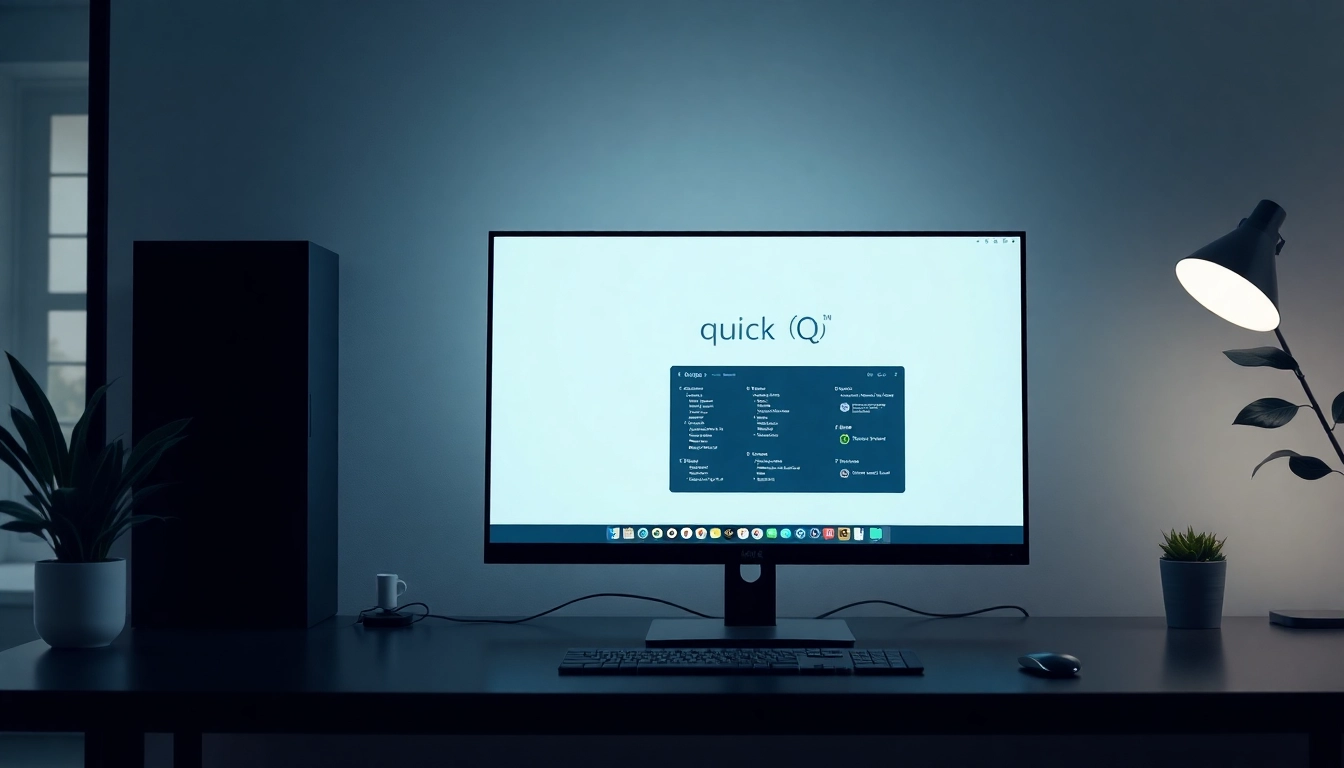Understanding AI Bots for Websites
What is an AI Bot for Websites?
An AI bot for websites is a virtual assistant powered by artificial intelligence that can engage with visitors in real-time. These bots are designed to simulate human interactions, providing users with immediate responses to their inquiries, assisting with navigation through the site, and streamlining processes such as appointments or purchasing decisions. The implementation of an AI bot for websites enhances the overall user experience by offering personalized interaction based on user preferences and behavior.
Key Features and Capabilities
AI bots embody several key features that make them valuable for websites:
- Natural Language Processing (NLP): This technology enables bots to understand, interpret, and respond to user queries in a conversational manner.
- 24/7 Availability: AI bots are operational around the clock, ensuring that users get assistance whenever they need it, regardless of time zones.
- Multi-Channel Integration: Modern bots can integrate across multiple platforms such as websites, social media, and messaging apps, providing a seamless user experience.
- Personalization: By analyzing user behavior and preferences, AI bots can tailor responses and suggestions to improve engagement and satisfaction.
- Analytics and Insights: Bots collect data on user interactions, helping website administrators understand visitor behavior and improve website performance.
Common Use Cases
AI bots serve a myriad of purposes across different industries, such as:
- Customer Support: Providing instant answers to FAQs and troubleshooting services.
- E-commerce Assistance: Helping users find products, make recommendations, and facilitate purchases.
- Lead Generation: Engaging site visitors to collect information and nurture potential clients.
- Appointment Scheduling: Enabling users to book appointments or reservations directly through the website.
- Content Delivery: Suggesting articles, blog posts, or other resources based on user interests and interactions.
Benefits of Implementing an AI Bot for Websites
Improving User Experience
The primary benefit of implementing an AI bot is the significant enhancement of user experience. By providing immediate responses and guidance, bots eliminate wait times associated with human agents. Users appreciate the freedom to interact with a bot at their convenience, making inquiries, and receiving assistance without having to navigate complex menus or wait for hours for human response.
Boosting Customer Engagement
AI bots increase customer engagement by maintaining conversations and offering a continuous presence on the website. They can prompt users, offer suggestions, and keep visitors on the site longer, ultimately leading to higher conversion rates. Engaged users are more likely to become repeat clients, increasing brand loyalty and driving business growth.
Enhancing Operational Efficiency
By automating routine tasks and FAQ responses, AI bots free human resources to focus on more complex issues. This operational efficiency reduces costs associated with staffing large customer support teams. Moreover, thorough analytics provided by AI bots enhance decision-making processes, allowing companies to optimize their services based on actual user interaction data.
Choosing the Right AI Bot for Your Website
Top Features to Consider
When selecting an AI bot for your website, the following features should be prioritized:
- Customization Options: Ensure the bot can be tailored to reflect your brand’s voice and style.
- Integration Capabilities: Check whether the bot can easily integrate with your existing systems, such as CRM, e-commerce platforms, and analytics tools.
- AI & Machine Learning: Opt for bots that leverage advanced AI capabilities to improve responses over time through learning from user interactions.
- Multi-Language Support: If your audience is global, the ability for your bot to converse in multiple languages is essential.
- User-Friendly Dashboard: Ensure there’s an intuitive back-end system for managing and monitoring the bot’s performance.
Evaluating Pricing and Scalability
Assess the pricing structure of different AI bots. Some might offer upfront costs, while others may charge based on usage or monthly subscriptions. Consider not only the current budget but also how easily the solution can scale with your growing needs. A scalable AI bot can adapt to increasing user traffic and integrate new features as your organization evolves.
Integrating with Existing Systems
Integration is crucial for ensuring that the AI bot works seamlessly with your existing infrastructure. The right bot should be compatible with your website’s platform and able to sync with other tools and databases to provide a unified service. Evaluate how the AI bot can enhance the user’s journey without causing disruption to already established workflows.
Best Practices for Implementing an AI Bot on Your Website
Designing an Intuitive User Interface
The design of your AI bot’s interface should prioritize user-friendliness. Users should be able to easily recognize the bot’s presence as well as access it without confusion. Consider employing familiar layouts, icons, and interactions to ease the learning curve, especially for less tech-savvy users.
Training Your AI Bot Effectively
A well-trained AI bot provides high-quality responses. Therefore, spend time inputting a rich dataset of FAQs and customer interactions to ensure the bot understands various queries efficiently. Regular updates and retraining will help the bot adapt to new trends and changing user preferences.
Monitoring and Updating Performance
After deployment, continually monitor the bot’s performance through analytics. Evaluate response times, user satisfaction scores, and the nature of interactions to identify areas for improvement. Staying proactive in updating the bot—whether through adding new responses, refreshing data inputs, or refining its algorithm—is crucial for maintaining its effectiveness.
Case Studies and Real-World Examples
Success Stories from Different Industries
Numerous organizations across various industries have successfully implemented AI bots:
- Retail: E-commerce giant Shopify utilized AI bots to improve the shopping experience, resulting in a 35% increase in conversion rates.
- Healthcare: A local clinic implemented a chatbot for appointment scheduling, reducing phone traffic by 60%, allowing human staff to focus more on critical patient needs.
- Education: A popular online learning platform integrated an AI bot to assist students with course selection, leading to a higher enrollment rate.
Measuring Impact and ROI
Establishing KPIs (Key Performance Indicators) is vital for measuring the impact of an AI bot. Metrics such as customer satisfaction ratings, average response time, and the number of issues resolved can gauge success. Additionally, calculate the ROI by comparing customer service costs before and after the bot’s deployment, along with measuring increases in conversion rates and customer retention.
Lessons Learned from Implementation
From the experience of various organizations, certain best practices emerge for a successful AI bot implementation:
- Start Small: Begin with basic functionalities and gradually expand as you learn from user interactions.
- Involve Human Oversight: Ensure human agents can intervene in complex situations to maintain customer satisfaction.
- Promote Your Bot: Make users aware of the AI bot’s capabilities and how it can assist them; clear communication encourages utilization.



